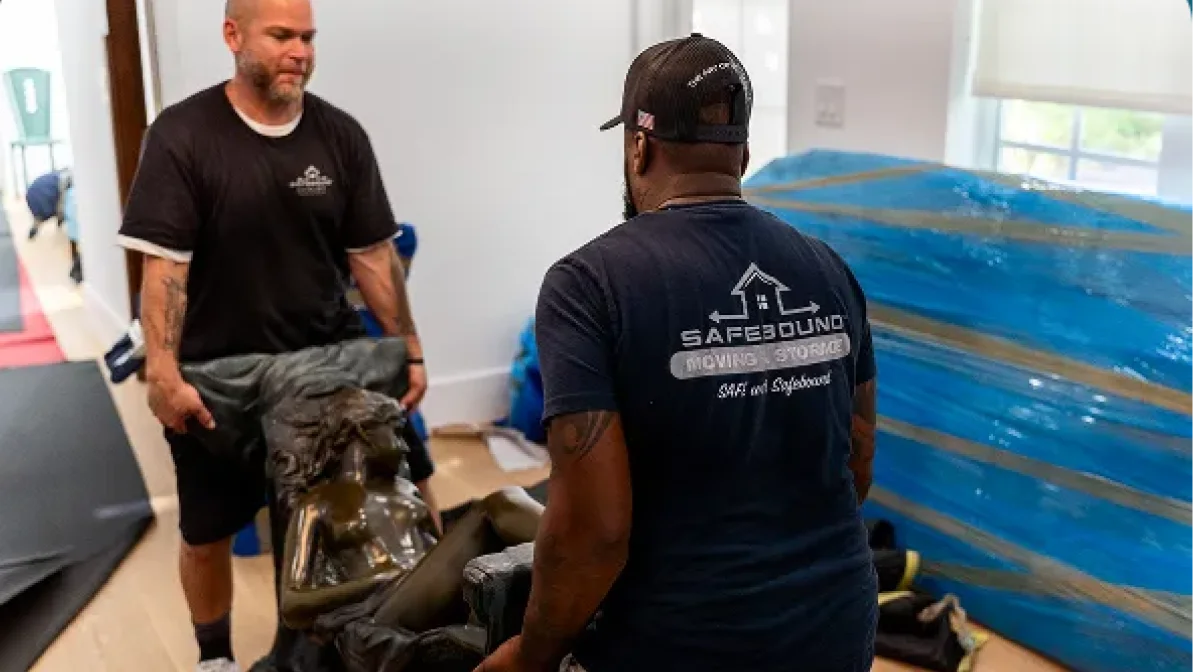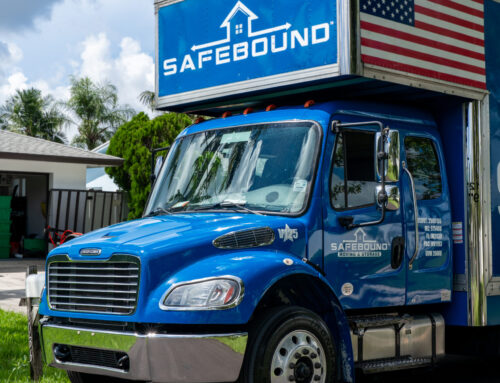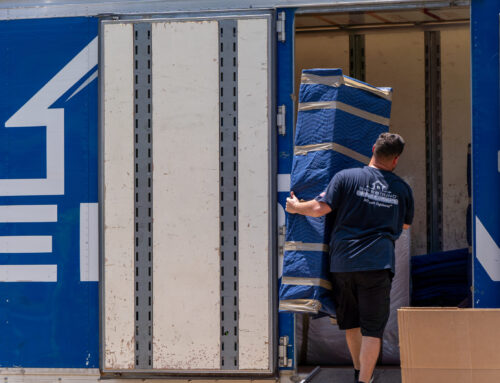Moving heavy items is a task that requires more than just strength. It demands strategy, safety, and the right equipment. From refrigerators and safes to pianos and large couches, knowing how to lift heavy objects and handle them correctly can prevent damage and serious injury.
From home moves to commercial relocations, heavy item moving can be a serious challenge. But with proper planning and techniques, you can make the process safer and more efficient. If you’re relocating in the Sunshine State, following the right Florida moving tips for a seamless relocation can make all the difference, especially when it comes to moving heavy items.
1. Assess the Weight and Plan Ahead
Before diving into the task of moving heavy loads, take time to evaluate what you’re lifting. Is it fragile? Can it be disassembled? How much space will you need? Planning ahead helps minimize risks and ensures you’re using the right strategy and tools from the start.
2. Use Proper Lifting Techniques
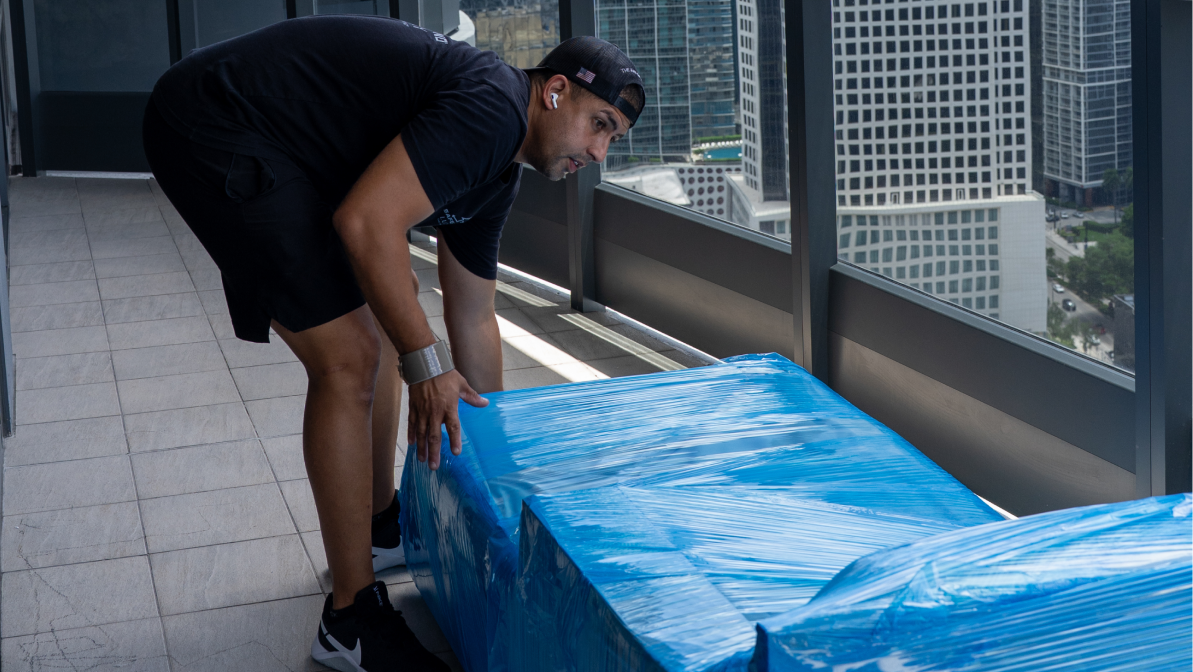
Before grabbing the nearest box or piece of furniture, understand the proper way to lift heavy objects. This section explores essential lifting techniques to reduce strain and injury.
Bend Your Knees, Not Your Back
Always squat down using your legs to lift heavy objects, keeping your back straight. This method distributes the weight evenly and avoids lower back injuries.
Keep Items Close to Your Body
Holding items close to your center of gravity offers better control and reduces strain. It’s an often-overlooked step when moving heavy objects.
Avoid Sudden Jerks
Smooth, controlled movements are key to heavy lifting. Jerky motions can lead to pulled muscles or dropped items.
3. Wear Supportive Gear
Using the right gear can enhance your comfort and safety when moving heavy items. Here’s how proper attire and tools make a difference.
Lifting Belts for Lower Back Support
A well-fitted lifting belt provides stability to your spine and lower back while handling heavy items.
Non-Slip Gloves for a Better Grip
Wearing gloves gives you a firm grip, especially helpful when you’re dealing with bulky or slippery surfaces.
Steel-Toed Boots for Foot Protection
Don’t risk foot injuries when moving heavy loads—boots with reinforced toes are a smart precaution.
4. Disassemble Large Items When Possible
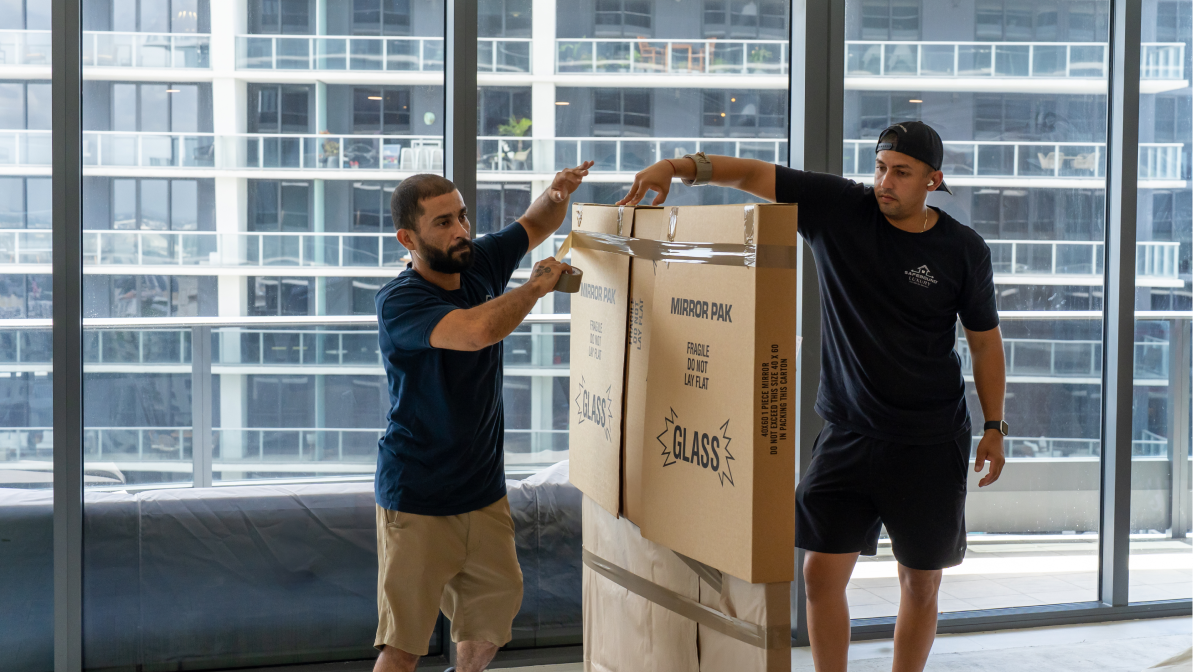
Breaking down furniture or equipment into smaller parts can drastically reduce the weight and make transport easier. Remove legs from tables, cushions from couches, or drawers from dressers before attempting to move them. It’s a smart way to make moving heavy items more manageable.
5. Use the Right Equipment
Using professional equipment is often the secret to safe and efficient moving heavy items. The right tools reduce the physical toll and help you stay in control.
Dollies and Hand Trucks
These wheeled devices are ideal for moving heavy objects like appliances, safes, or boxes filled with books.
Moving Straps
Harness-style straps allow two people to share the load and redistribute weight evenly. They’re a top choice for movers for heavy items.
Furniture Sliders
Placing sliders under heavy furniture lets you glide items across floors with ease, preventing floor damage.
6. Keep Your Grip Firm and Secure
Grip is everything when handling large, awkward objects. Be mindful of how you hold items. Use handles when available and avoid holding from the bottom if the item is unbalanced. A solid grip gives you better control and prevents items from slipping.
7. Communicate Clearly When Working With Others
Heavy item moving often requires teamwork. Good communication can make or break the process.
Assign Roles in Advance
Ensure everyone knows what they’re responsible for. Assign one person to lead the move and direct others.
Use Simple Verbal Commands
Clear cues like “lift,” “pause,” or “pivot” help coordinate efforts and reduce confusion.
Move in Sync
Lift and move together at the same pace. Syncing up helps prevent accidents or dropped items.
8. Take Breaks and Stay Hydrated
Physical exertion during heavy lifting can lead to fatigue, which increases the risk of mistakes. Stay hydrated and rest between moves. Listen to your body and avoid pushing beyond your limits.
9. Avoid Twisting While Carrying Items
Twisting while lifting or carrying heavy objects can cause spinal cord injuries. If you need to change direction, move your feet instead of rotating your torso. Keeping your spine aligned while lifting is critical for safety.
10. Secure Items Properly in Transit
Once loaded, make sure heavy items are stable and won’t shift during transport. Poorly secured loads can damage both the items and the vehicle.
Use Tie-Down Straps
Secure bulky items with straps to prevent sliding or tipping over in the moving vehicle.
Cushion Fragile Areas
Wrap corners and edges with blankets or padding to avoid dents or scratches during the moving of heavy loads.
Load Heaviest Items First
Placing the heaviest items at the bottom helps create a stable base and prevents lighter items from getting crushed.
11. Clear the Path Before You Lift

Inspect the route you’ll take before you start moving heavy objects. Remove rugs, cords, toys, or anything that could cause you to trip or slip. Ensure doorways and staircases are wide enough to accommodate the item’s dimensions.
12. Know When to Hire Professionals
Sometimes, the safest and smartest move is to call in the pros. If the task feels too risky or complicated, it’s time to consider hiring movers for heavy items.
You’re Moving Items Up or Down Stairs
Staircases increase the chance of injury. Professionals come prepared with techniques and tools for these situations.
The Item Is Extremely Valuable or Fragile
Don’t take chances with antiques, electronics, or artwork. Experienced movers have the skill to handle them carefully.
You Lack the Manpower
If you don’t have enough hands to help, getting help moving heavy items from trained specialists can prevent injuries and property damage.
Trust Strategy Over Strength for Every Heavy Move
Safely moving heavy items isn’t just about brawn—it’s also about brains. From assessing weight and preparing gear to using proper techniques and communicating with helpers, there are multiple steps you can take to ensure the job gets done right. Knowing how to lift heavy objects and when to disassemble, secure, or delegate can be the difference between a smooth move and a painful experience.
For large or complex moves, Safebound Moving & Storage is a name you can count on. Located in West Palm Beach, FL, we provide expert professional movers in Florida who specialize in moving heavy loads, delicate items, and everything in between. Get a free quote today.

